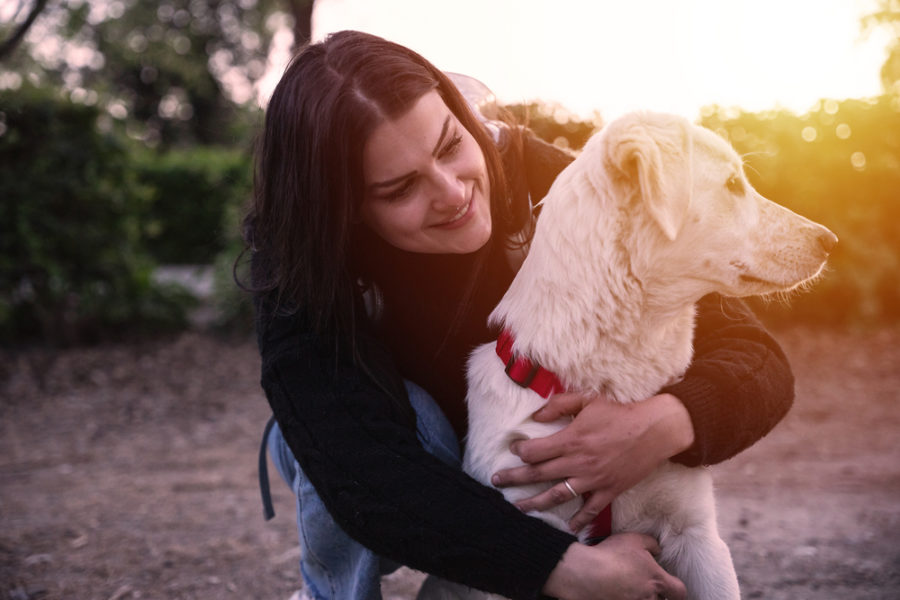You’re probably heard the term “neurodiversity,” but what exactly does it mean? Neurodiversity is a concept that recognizes the unique ways different nervous systems function – in our dogs as well as ourselves. Just like us, dogs have individual nervous systems that can exhibit various sensitivities and behaviors. Recognizing these differences allows us to shift our approach from frustration to compassion when dealing with unwanted behaviors in our dogs. There’s no right or wrong way, or normal versus disordered way, for nervous systems to operate. This understanding is crucial for fostering a supportive environment for our dogs.
Behavioral Insights: Sensory Sensitivities
Many dogs experience sensory sensitivities that can significantly influence their behavior. For instance, a dog may become overwhelmed by loud noises, strong scents, or sudden movements. These reactions can manifest in various ways, such as changes in eating habits or increased reactivity to environmental stimuli. Understanding that these behaviors may stem from sensory overload rather than disobedience can help us respond with empathy instead of frustration.
What’s a “sensory diet?”
A sensory diet is a tailored approach that helps dogs cope with their unique sensory needs. It involves creating a structured routine of activities and environments that promote a sense of security and reduce stress. By incorporating specific sensory experiences—such as calming sounds, textures, or scents—you can enhance your dog’s overall well-being and improve behavioral outcomes. Recognizing the signs that a dog might need a sensory diet is essential for timely intervention.
Practical Tips for Creating a Customized Sensory Environment
Creating an effective sensory environment for your dog involves several practical steps:
- Identify Triggers: Observe your dog’s reactions to various stimuli and identify what causes him stress or discomfort.
- Tailor Activities: Incorporate activities that align with your dog’s preferences. For example, some dogs may thrive in quiet spaces, while others benefit from gentle play.
- Use Calming Tools: Consider using calming aids such as weighted blankets or anxiety wraps to provide comfort during stressful situations.
- Make Routine Adjustments: Be flexible and ready to adjust the sensory diet as your dog’s needs change over time.
Benefits of a Sensory Diet
Implementing a sensory diet can lead to numerous benefits for both your dog and yourself. Dogs may experience reduced anxiety, improved focus, and enhanced emotional regulation. Additionally, you’ll probably find that understanding your dog’s unique needs fosters a deeper bond and more harmonious relationship between you. This co-regulation between you and your dog can significantly reduce stress levels in both of you.
Conclusion: Embracing Canine Neurodiversity
Recognizing and supporting canine neurodiversity through tailored sensory diets is not just about managing behavior; it’s about enhancing the quality of life for our dogs. By adopting a compassionate mindset and implementing practical strategies, we can create environments where our canine companions feel safe, understood, and loved. This approach not only benefits the dogs but also enriches our own lives, leading to a more fulfilling relationship.
Post Views: 3
Animal Wellness is North America’s top natural health and lifestyle magazine for dogs and cats, with a readership of over one million every year. AW features articles by some of the most renowned experts in the pet industry, with topics ranging from diet and health related issues, to articles on training, fitness and emotional well being.
